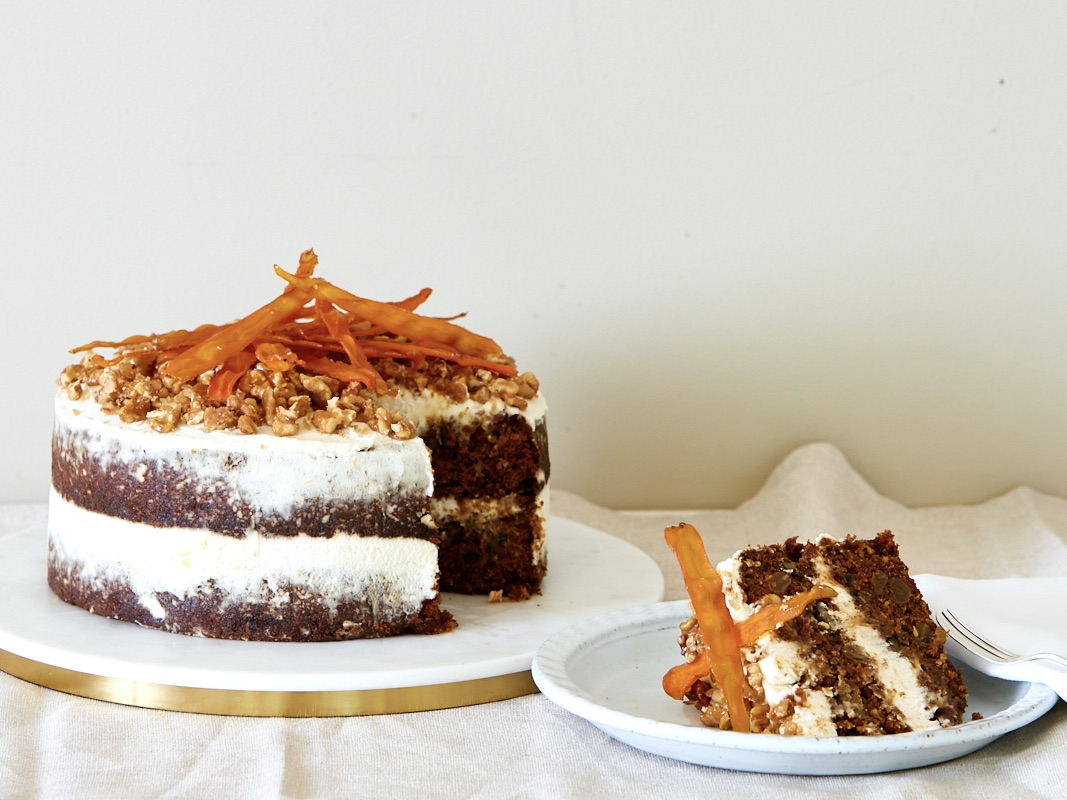
Chef and cookbook author Luke Hines is encouraging Aussies to embrace the arrival of the misunderstood Shepard avocado by learning how to use and choose them correctly! New YouGov Galaxy research shows 20% of Millennials struggled to identify when Shepard avocados are ripe – which means the avocado-loving generation could be leaving ripe ones on the supermarket shelf.

Ingredients
-2 Shepard avocados, skin and seed removed, and flesh cut into quarters (the skin of a Shepard avocado always stays green. To pick a ripe one, press gently near the top, if it gives a little, it is good to go).
-1 teaspoon sea salt
-Coconut oil, for deep frying
-70 g (1⁄2 cup) arrowroot or tapioca flour, for dusting
TORTILLAS
-100 g (1 cup) almond meal
-125 g (1 cup) arrowroot or tapioca flour
-180 ml coconut milk
-1⁄2 teaspoon sea salt
-125 ml (1⁄2 cup) filtered water
-pinch of ground turmeric
-2–3 tablespoons coconut oil
TEMPURA BATTER
-200 ml filtered water
-200 g arrowroot or tapioca flour
-1 teaspoon sea salt
AVOCADO CREAM
-2 Shepard avocados
-1⁄4 iceberg lettuce, shredded
-140 g (1⁄2 cup) Mayo
-juice of 1 lime
-1 handful of coriander leaves, roughly torn
SLAW
-1⁄4 red cabbage, shredded
-juice of 1 lemon or lime
-1 tablespoon apple cider vinegar
-1 handful of coriander leaves, roughly torn or chopped, to garnish
Method
Prepare the slaw by combining the red cabbage, lemon juice, apple cider vinegar in a bowl and mix well to combine. Set aside in the dirge for the cabbage to soften into a zesty slaw. This is a good time to also prepare the avocado cream. Combine all listed ingredients in a food processor and blitz until well combined, smith and creamy, set aside in the fridge ready for serving.
To make the tortillas, blitz together all the ingredients except the coconut oil in a food processor or high-speed blender to form a smooth batter. Melt a little of the coconut oil in a large frying pan over medium–low heat. Pour in 60 ml (1⁄4 cup) of the batter and smooth out into a thin round shape with a spatula or spoon. Cook for 1–2 minutes until sturdy enough to flip, then cook for a further 1–2 minutes on the other side until cooked through, puffed up and golden. Transfer the cooked taco to a plate in the oven to keep warm. Repeat this process with the remaining batter, adding a little more oil each time, to make 8 tortillas.
To make the tempura batter, whisk all the ingredients together in a large bowl until smooth.
Half-fill a large, heavy-based saucepan with coconut oil and place over medium heat. Heat the oil to 180°C. (To test if the oil is hot enough, simply drop a small piece of bread into it – if it sizzles and bubbles, you’re good to go.)
Add the arrowroot flour to a shallow bowl. Working in batches of 4–5, lightly coat the avocado wedges first in the arrowroot or tapioca flour and then in the batter. Immediately lower the coated wedges, one at a time, into the hot oil and deep-fry for 4 minutes, or until lightly golden around the edges and very crispy. Remove from the pan using a slotted spoon and transfer to a plate lined with paper towel to drain. Repeat with the remaining avocado wedges strips, being sure to bring the oil back up to heat between batches.
To serve, divide the tortillas among plates and top each with some red cabbage slaw, avocado tempura, avocado cream and fresh coriander. Season with salt and enjoy!
For more on Australian Avocados | More recipes










































